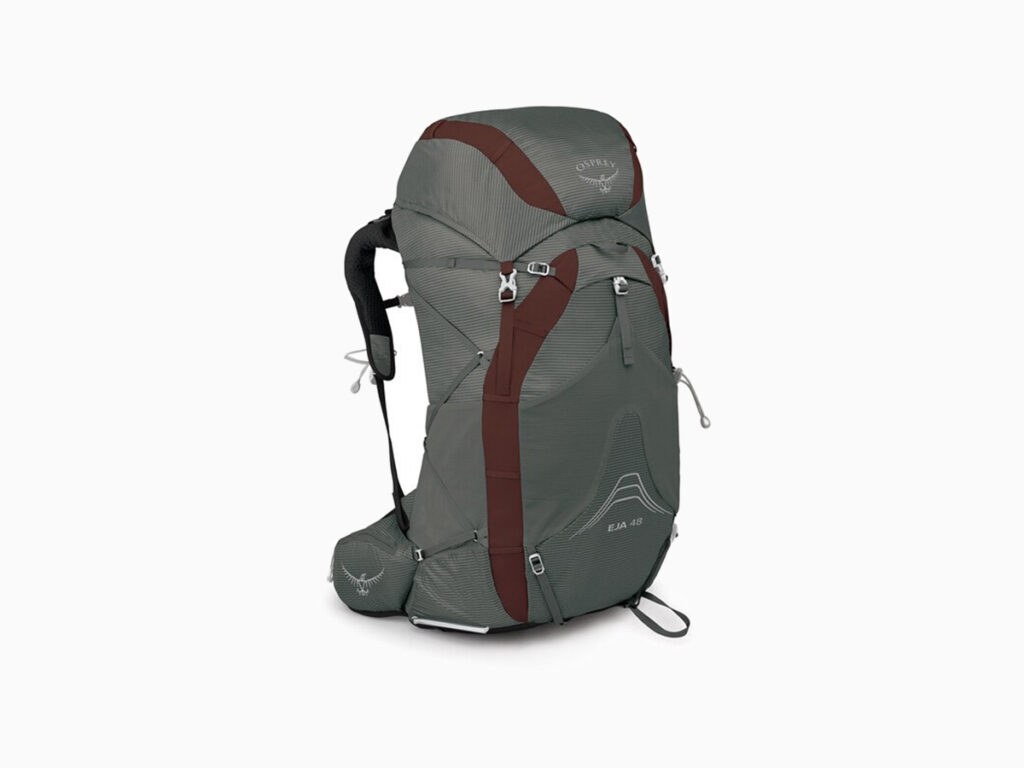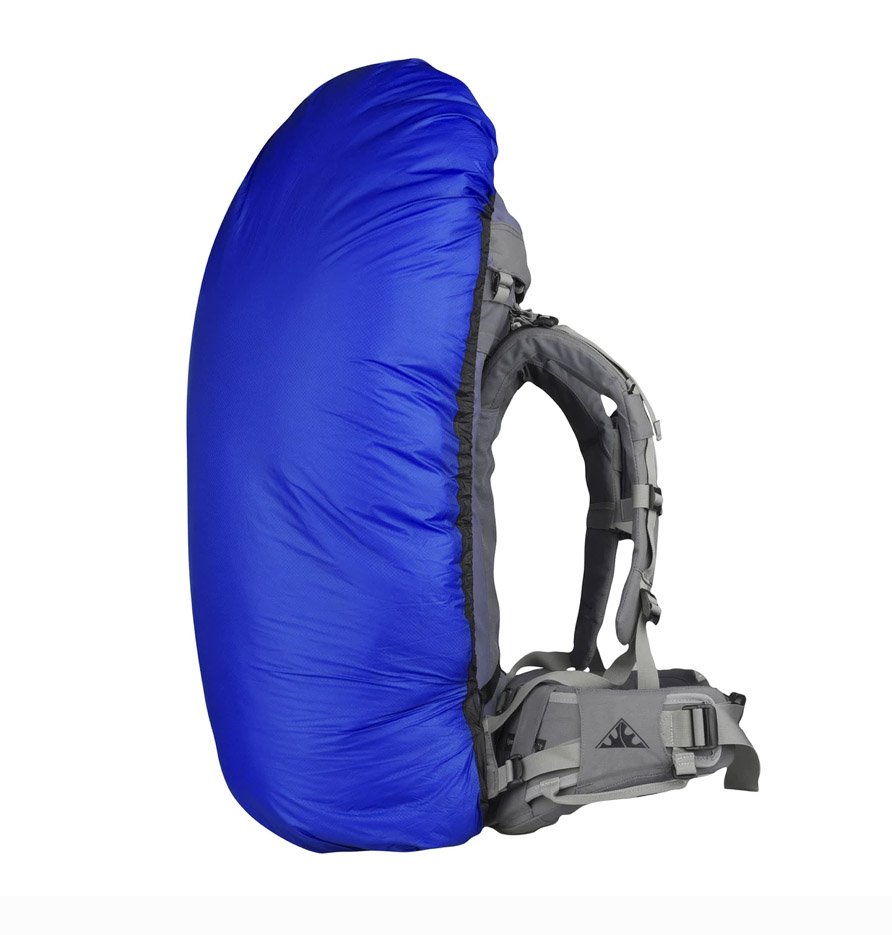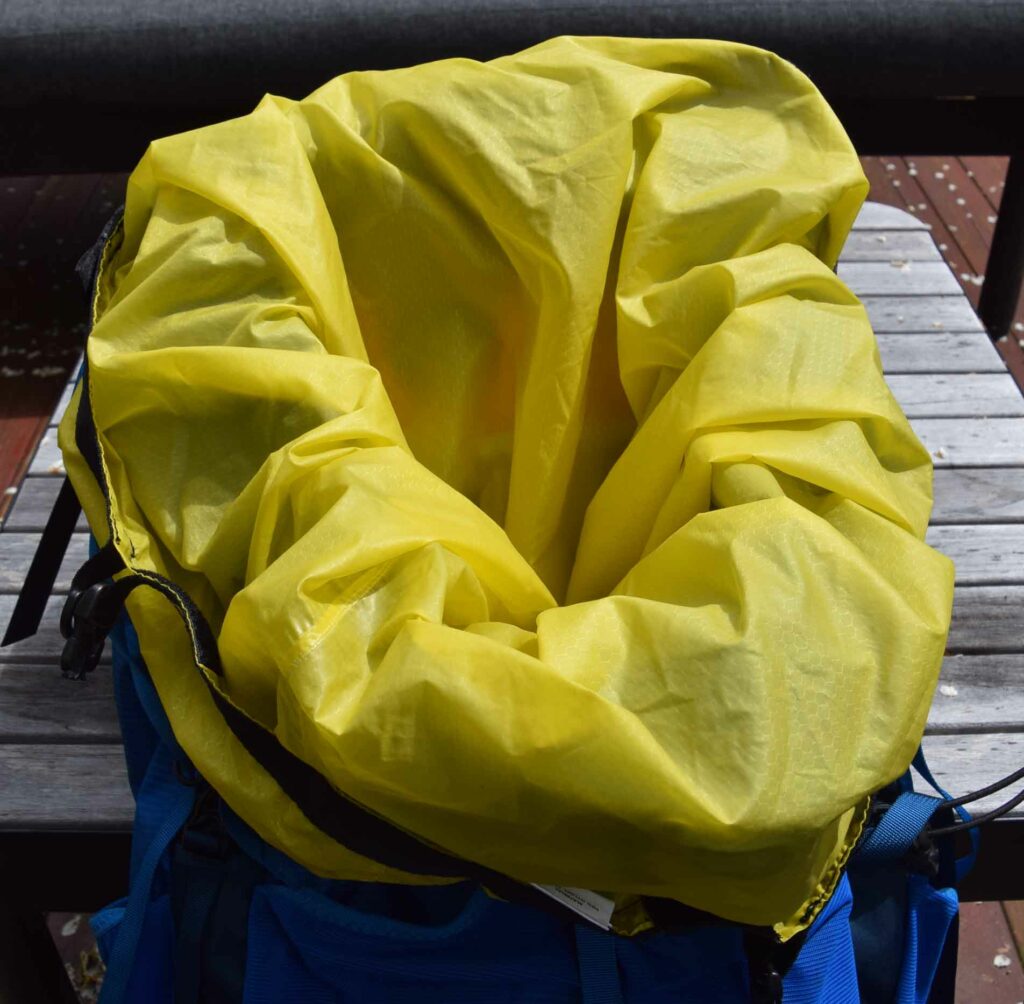Waterproofing your pack
Hiking practice
Hiking is a way to get to get out bush, or for that matter into your local urban area. Unless you are only travelling short distances you will more than likely be carrying a pack on your back. A pack is home to all those pieces of equipment that you may need on your adventure like a thermal jacket, rain gear, camera, phone and of course, water and food. If you’re doing overnight trips it will also hold your tent, sleeping bag, spare clothing and more food. But what happens if it rains? Or maybe you’re crossing an inlet. How then do you keep all your gear dry? While most packs will have a degree of water resistance, they typically aren’t waterproof.
In this article we discuss the options for waterproofing your pack and while its never a guarantee, I can safely say the contents of my pack has never been wet on any hike I have done and this includes some hikes in pretty horrendously wet conditions.
Water resistant vs waterproof
Really what we are talking about here is water resistant as opposed to waterproof. An average hiking pack will cope with light rain and even heavier rain for short periods but if you end up walking in periods of heavy sustained rain or drop it into a body of water the water will get inside a pack.
Waterproof packs such as the Sea to Summit Hydraulic Pro Dry Pack use heavy grade water proof fabric, special zips, and seam sealing, that means that they are waterproof down to 3-4 meters in depth for up to 30 minutes. These packs are ideal for activities where water proofing is essential such as kayaking but isn’t really aimed at hiking for extended periods.

Sea to Summit Hydraulic Pro 75 litre Pack. This pack is waterproof but I wouldn’t want to necessarily carry it on a long distance hike. It’s ideal for water based sports or if using it on a land based trip when are aren’t walking for long periods
Hiking practice
Most keen hikers will typically own a day pack and an expedition pack. Essentially the difference comes down to size more than anything else. While many pack manufacturers will make ‘gender specific’ packs typically they are sold by volume e.g. 50 litre, 70 litre etc. If you do nothing else choosing the right pack size for the gear you’re carrying is essential. Carrying a half empty pack isn’t really an issue although unless what you’re carrying is so light and small that the pack seems to ‘float’ on your back which is just plain annoying. Carrying an overstuffed pack, even if it isn’t heavy has the potential to create gaps around the openings which is often where moisture can get inside the pack.
You will get away with an overfull pack in dry conditions but you run the risk of moisture entering the pack when it’s wet or raining. Always ensure that the main body of the pack is synched up firmly and that the pack brain fully covers the opening evenly. The image below shows a fully loaded pack with the pack brain covering the main internal opening of the pack. This won’t prevent water getting inside if you drop your pack while crossing an inlet but it will keep most of the lighter rain out.

Pack Covers
From here we move on to physical barriers and there are two options to consider with the first being pack covers. As the name suggests pack covers provide a cover over the outside of the pack (sort of). What they actually cover is the portion of the pack open to direct rainfall. What isn’t covered is the section of the pack that is against your back. In light rain conditions this isn’t an issue but in really heavy sustained rain conditions it is a potential weakness as water will run down your back and start seeping into the back of the pack. Pack covers come in varying sizes and the one shown in the image below is aimed at packs with a capacity of 30-50 litres in capacity. I usually use packs of around 50 litres in capacity and will stuff my tent into the outer stretch pocket so in this case, a 30-50 litre pack cover is on the small side for my needs so I will opt for a larger size which is usually 50-70 litres.
Most pack cover will have a drain hole at the base of the pack (sometimes this is the only way you can tell which way is up) so you want to ensure that when fitting a pack cover that you have positioned the drain hole at the bottom so that any water entering the cover drains away rather than sits inside the cover, potentially soaking into the bottom of the pack.
So when should you use a pack cover? Most people will assume that you wait until the rain is heavy before putting on a pack cover but very light sustained rain will slowly soak into the fabric. The best approach is that once it looks like the rain has set in, even if its only light, you should get the pack cover out.
Some packs will come with a built in pack cover while for other packs you will need to buy a seperate cover. There are advantages to both options but if you’re using a pack with a separate cover remember that if there is potential for rain you should carry it with you.

Sea to Summit Pack Cover 30-50 Litre size in blue colour

Tim with his Osprey Exos 48 pack with a rain cover
Pack liners
Pack lines are the second physical option to help keep your pack dry. While most hikers will own/use a pack cover, the number of hikers who use a pack liner is much smaller. As the name suggests a pack liner ‘lines’ the inside of a pack. This is a great option if you use a pack that only has a top opening. If you use a pack that also has a separate bottom opening then a pack liner will render this feature redundant. A pack liner when used in conjunction with a pack cover will provide the ultimate waterproofing option. Should water enter through the pack cover into the pack itself, then the liner adds that extra layer of protection.
As a blogger I run heavy on the electronics and on long hikes I will carry an iPad to edit and produce podcasts while on the trail. In addition I’m carrying a mobile phone, a camera and a power bank. All these electronics hav the potential to get wet. In my case I use also a 13 litre dry bag (essentially a small pack liner) in the brain of my pack where most of my electronics live. So getting back to my own example I will carry a 70 litre pack liner for my 50 litre pack plus a 13 litre dry bag and then my pack cover over the top. The larger than necessary sizes mean that when you roll the top down (which is how you seal these types go bags) you get a good firm closure. Spend some time learning how to use the roll top on a pack liner because the first time you do it will take a bit of thought!
So when is a pack liner not a pack liner? When it becomes a pack cover. When I’m doing hikes that require inlet crossings I will also carry a 90 litre pack liner to go over the top of my pack. I’ll typically only use this when the water is deep and I need to carry my pack over my shoulders. I still don’t want to drop my pack but if I do, at least I have an opportunity to retrieve it before it fills up with water – this ‘double bagging’ provides me with an opportunity to do this.

Macpac Ultralight Pack Liner 70 Litres

Sea to Summit Ultrasil Dry Sack 13 litre size to act as a pack liner for the brain of my pack

Macpac pack liner inside an open pack and ready to fill
Chemical treatment
While we’re on packs, most of them will be made of a water resistant/waterproof material that will prevent moisture entering through the fabric itself but regardless how technical or amazing this material is, it will eventually lose some or all of its waterproofing properties. How long this takes depends on the amount of use your pack gets. Abrasion and sunlight (UV) impact most fabric and will limit the life of this material. I have found over the years that my pack covers eventually stop bleeding when it rains so the water soaks into the material. Packs are essentially the same. Even pack materials that are fairly water resistant will eventually lose this ability and a re-application of a waterproofing product such as the Nikwax Tech Wash will have a huge impact on the water repellent the materials on your pack, pack liners, and pack covers.
I run nearly all my gear through a re-waterproofing process at least once a year but I use a pack of some sort for 2,000+ km per year. You may also never hike in the rain but I do regularly so I see the benefit of this waterproofing process. Just remember to ensure that you have cleaned your equipment first to remove all grease and dirt off the fabric to allow the waterproofing process a better opportunity to take.

Nikwax Tech Wash

Durable Waterproof Repellent fabric – DWR
Final thoughts
I go full-on with my waterproofing but with all the electronics I carry I feel its justified. Having said that each hiker needs to consider their own individual needs. If you only rarely hike in wet weather and then only when it’s not raining heavily, a pack cover will likely suffice. If you’re an electronics user then having a liner in both the main body of the pack and in the pack brain will provide that extra layer (literally) of assurance. And if you regularly cross inlets where you may not know the water depth, an additional dry pack over the outside of your pack may be the way to go.
Sometimes getting damp gear may be the worst outcome in wet conditions and if that happens then it isn’t likely to be a big issue. However if the weather is cold, and potentially hypothermic, then having wet gear that prevents you from getting warm when you need can be a big risk to your health.
Keep in mind that all equipment has a limited life and for the average hiker that can be many years but everyone should do an annual gear check, in addition to a gear check before the start of a big adventure to ensure that its performing the way that it should. For the sake of a few dollars of chemical treatment, a new pack cover or liner or even a new pack and then its well worth the investment.